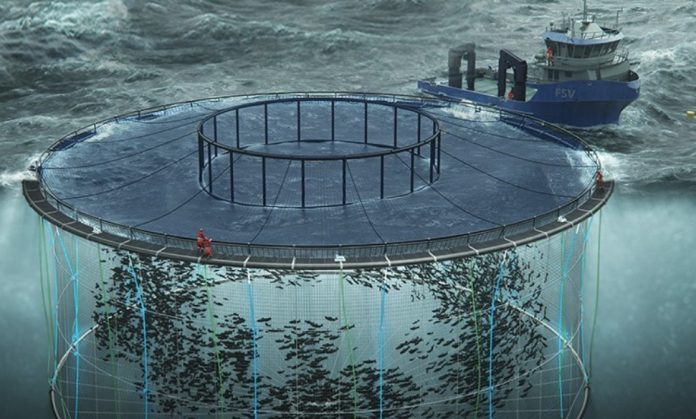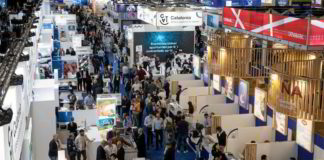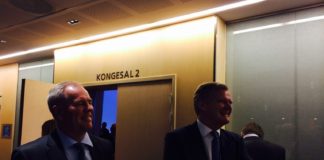A public airing of new environmental guidelines for Newfoundland salmon-farming will wrap up by March 8, 2018, when the provincial premier hands Grieg NL a final draft of its own rules to follow.
That’ll signal the go-ahead — for more studies.
Grieg NL’s Placentia Bay Atlantic Salmon Aquaculture Project — stalled, slightly, in provincial Canadian court — is tantalizingly close, but the Newfoundland public now gets six weeks to read and comment on the draft guidelines for this and future environmental impact assessments, or EIAs.
“The public is invited to review these guidelines and to provide written comments by February 11, 2018,” Newfoundland Minister of the Environment, Eddie Joyce, said in a statement, adding, “The minister is due to issue the approved EIS guidelines to (Grieg NL Nurseries Ltd. and Grieg NL Seafarms Ltd.) by March 8, 2018.”
It was a hasty approval by the provincial Premiere’s Office and an “incomplete” EIS successfully challenged in court that derailed the USD 250 million project that’ll feature hatchery, nursery, grow-outs and processing. The 39-page draft document called EIS Guidelines was compiled by the Ministry in December and released Wednesday.
The Draft
The document is understood, however, to have been helped by Grieg NL, suggesting the company’s originally filed EIS will now only have to be updated to include the demands of the final March Draft. But The Draft, seen by SalmonBusiness, now includes a long list of “to-dos”.
There’s new detail wanted on the risks to migrating, juvenile, wild Atlantic salmon and the “genetic and ecological interactions of farmed salmon escapees on wild Atlantic salmon populations”. That wasn’t the only new EIS guideline for Placentia Bay.
Grieg will also have to “provide a detailed description of the status of fish and fish habitat in the project area, mitigative measures that will be undertaken to protect these components from the potential effects of the project and follow up monitoring.” There’s more.
The “population dynamics” studies are to include “cod, lobster, crab, green crab, eel grass, sponges, marine mammals, species at risk, and …”. The list went on.
Aqualine Midgard testing
Grieg might again be slowed by the need to hire “an independent panel of experts within the province of Newfoundland and Labrador to analyze and evaluate the proposed Aqualine Midgard sea-cage design and technology”.
The government wants a summary of “the successes, failures, and lessons learned from the Midgard cage” plus the structural test results “conducted for (or) by the panel of experts on the Midgard cage system” plus info on how it might perform in Newfoundland with its ice bergs, unusual waves, marine mammals and strong tides.
Read Grieg NL sees local vessels at Placentia Bay
Read Grieg hope renews on Canada megaproject











